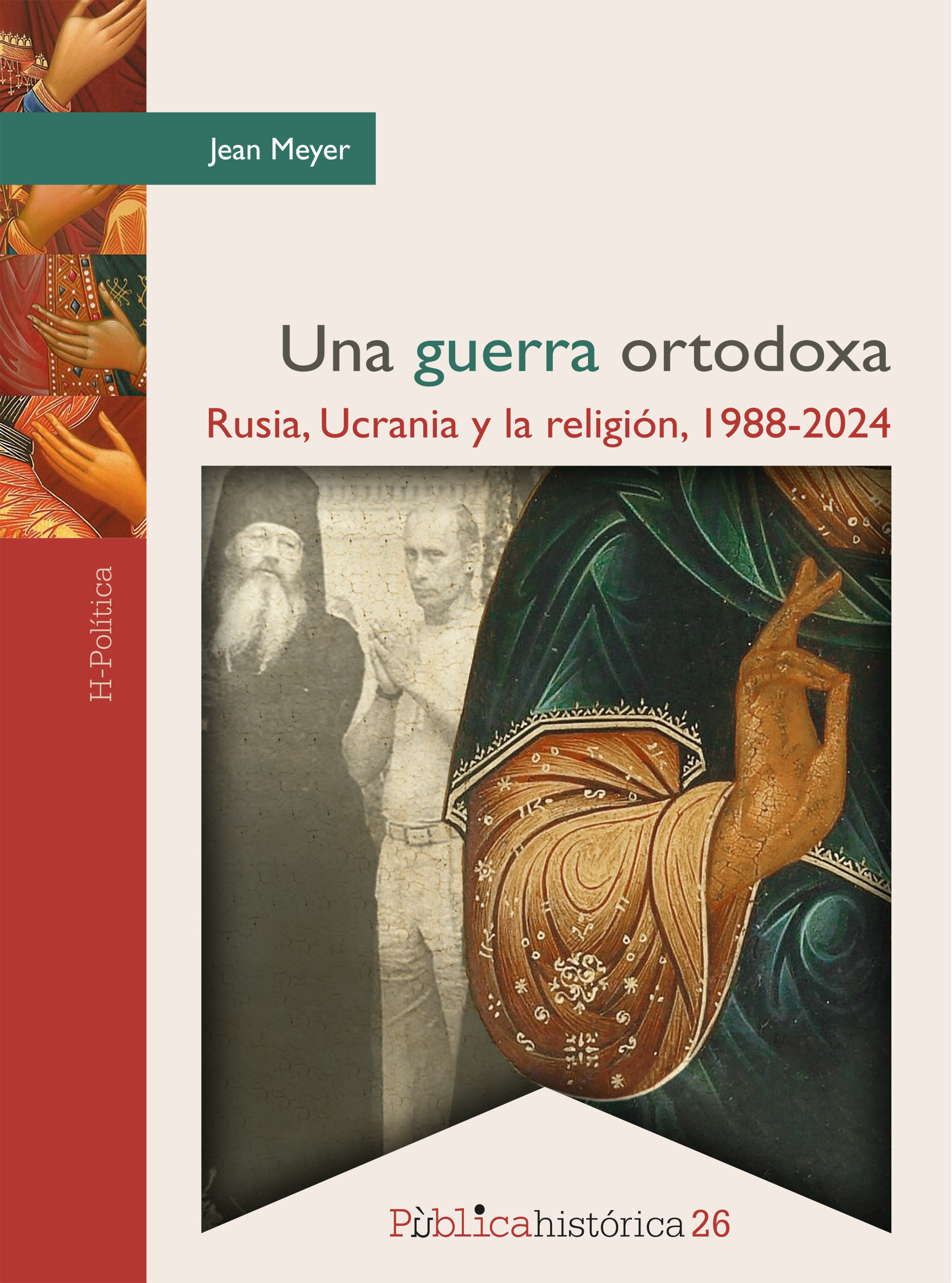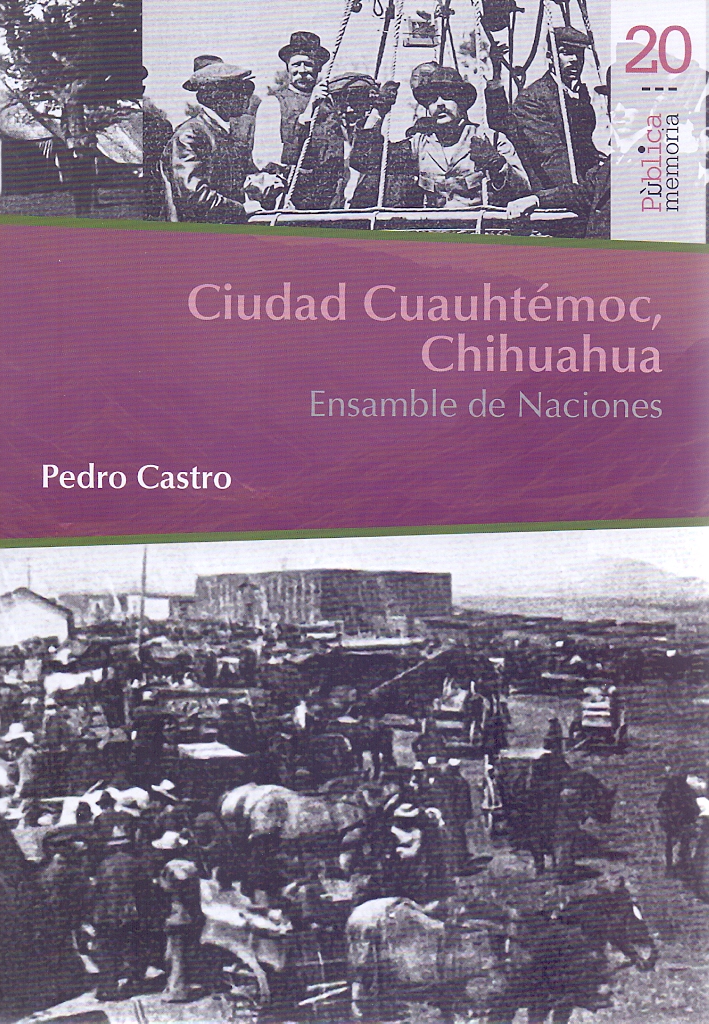Libros relacionados
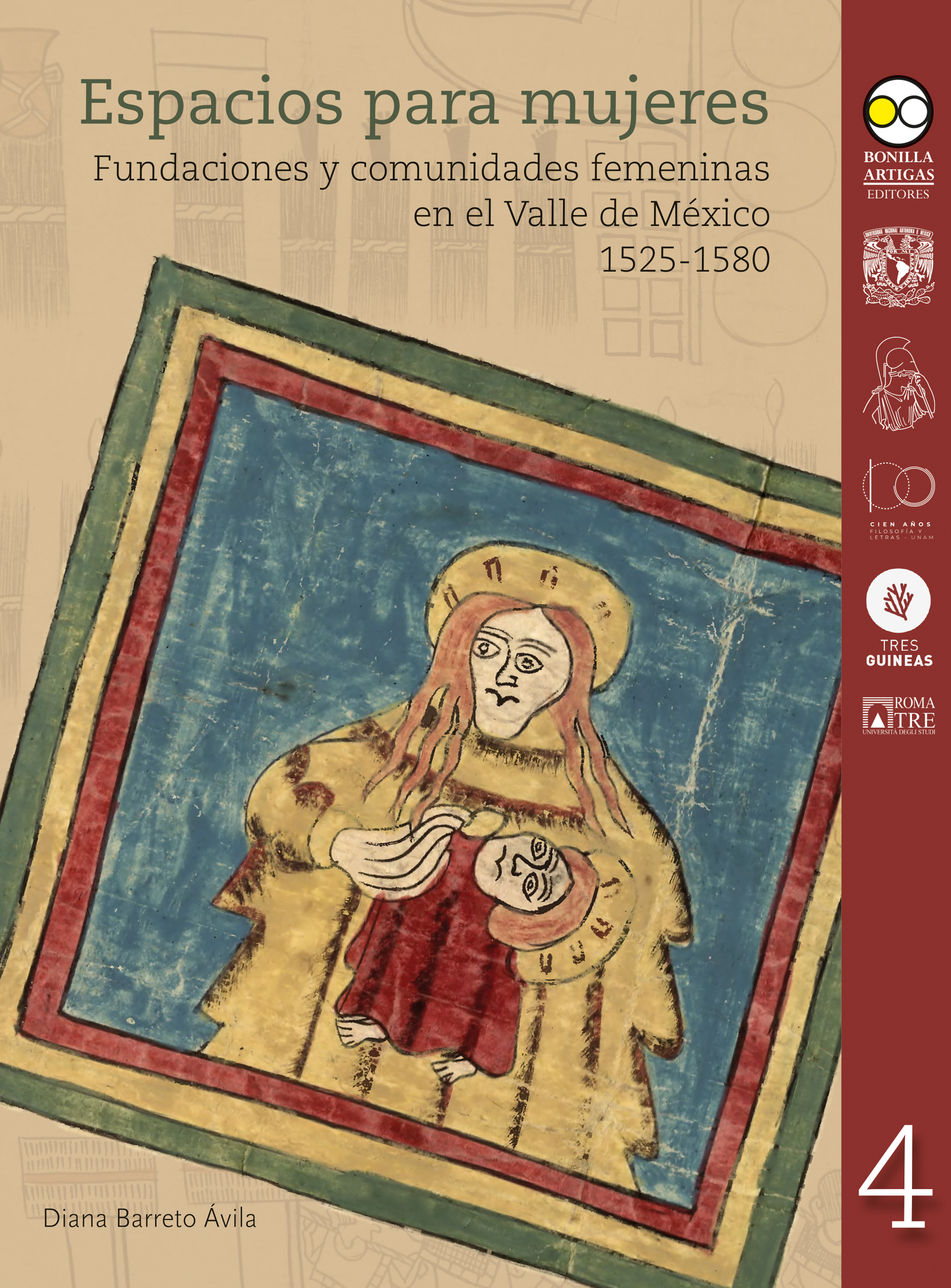 |
Espacios Para Mujeres: Fundaciones y Comunidades Femeninas en el Valle de Méxic Barreto Ávila, Diana Bonilla Artigas Editores |
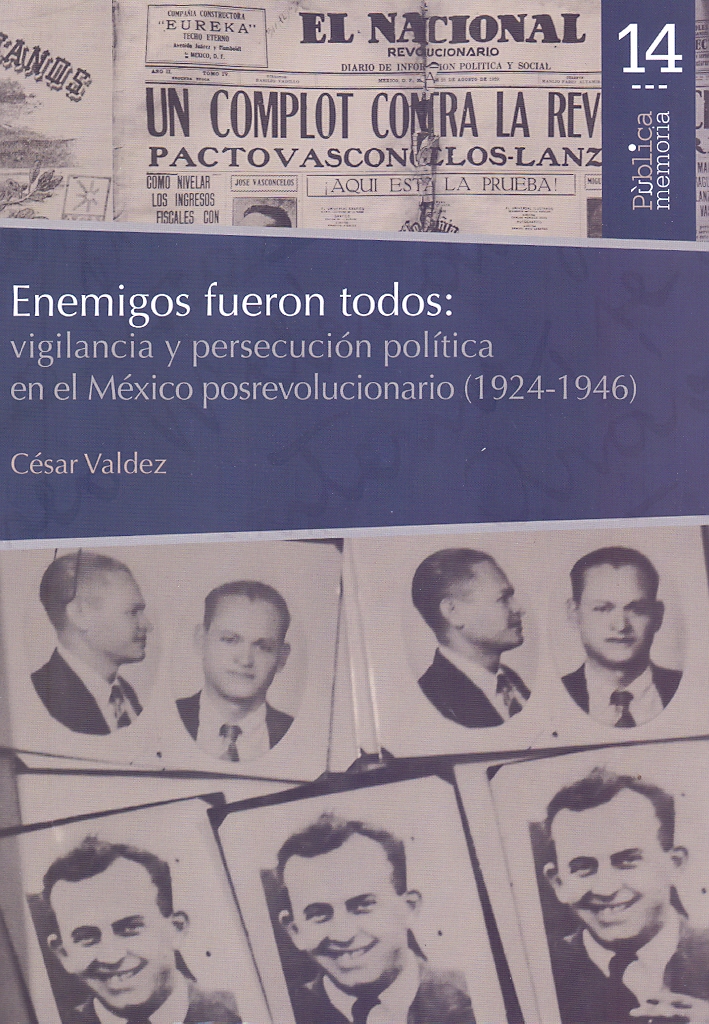 |
Enemigos Fueron Todos: Vigilancia y Persecución Política en el México Posrevoluc Valdez César Bonilla Artigas Editores |
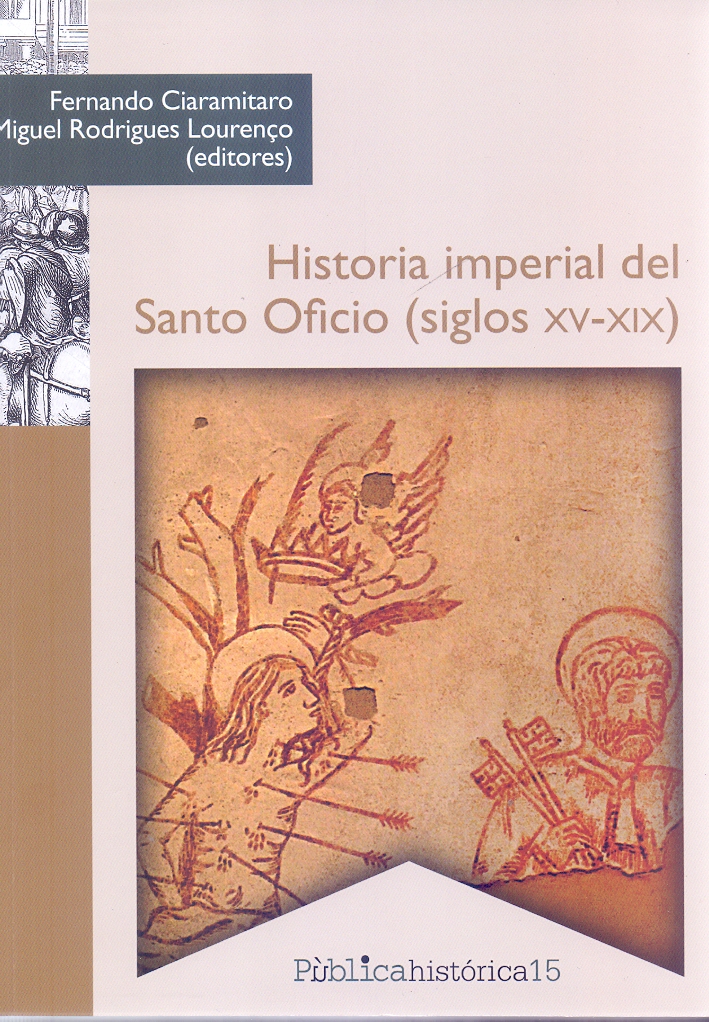 |
Historia Imperial del Santo Oficio (Siglos XV-Xix) Fernando Ciaramitaro, Miguel Rodrigues Lourenço Bonilla Artigas Editores |
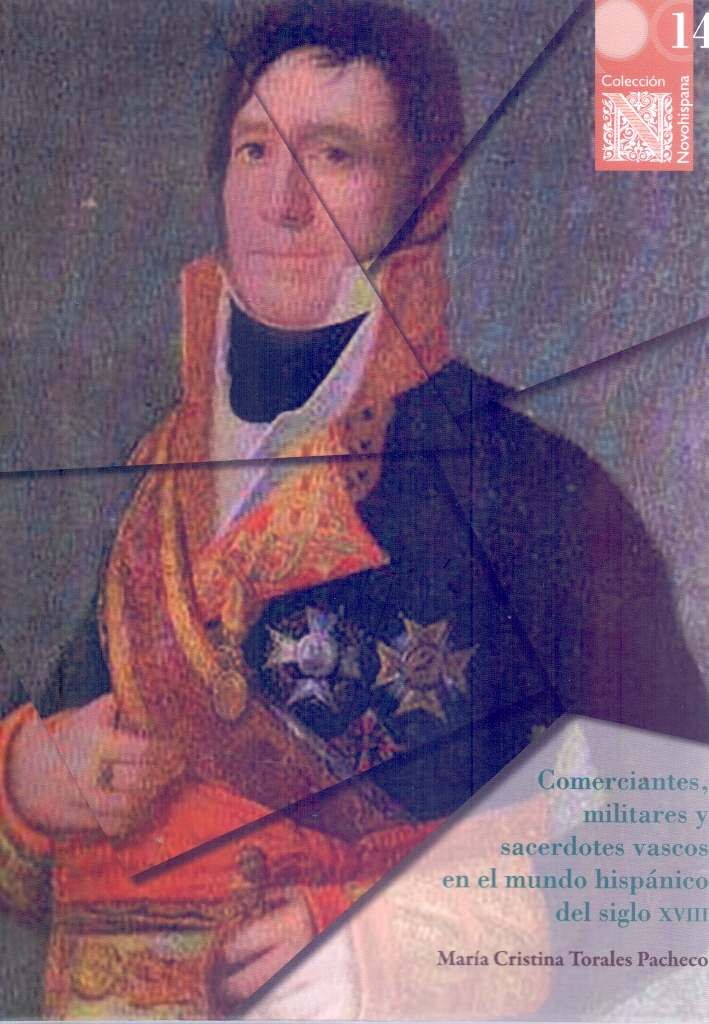 |
Comerciantes, Militares y Sacerdotes Vascos en el Mundo Hispánico del Siglo XVII Torales Pacheco, María Cristina Bonilla Artigas Editores |
 |
El Crisol y la Flama: Grupos Sociales y Cofradías en Pátzcuaro (Siglos XVI y XVI Flores García, Laura Gemma Bonilla Artigas Editores |
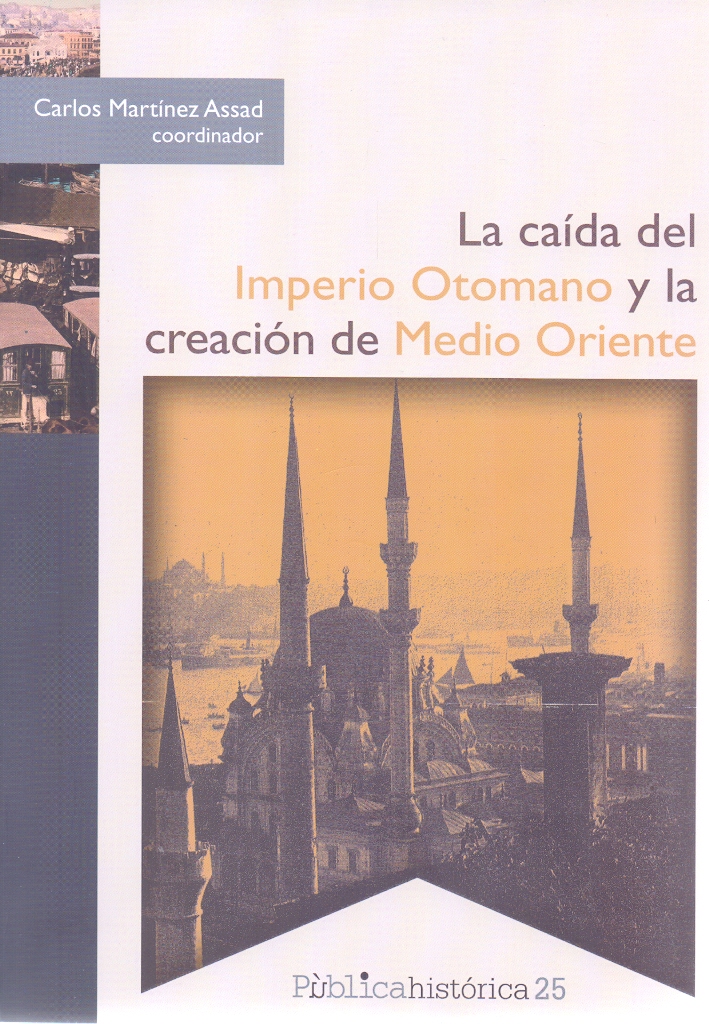 |
La Caída del Imperio Otomano y la Creación de Medio Oriente Carlos Martínez Assad Bonilla Artigas Editores |
 |
Exilio Español y Su Vida Cotidiana en México, El. Serrano Migallón, Fernando; Woldenberg José Bonilla Artigas Editores |


|
Título: Origins Of The Cuban Revolution. Reconsidereded | |
| Autor: Farber Samuel | Precio: $300.00 | |
| Editorial: University Of North Carolina Press | Año: 2006 | |
| Tema: Analisis, Historia | Edición: 1ª | |
| Sinopsis | ISBN: 9780807856734 | |
| Analyzing the crucial period of the Cuban Revolution from 1959 to 1961, Samuel Farber challenges dominant scholarly and popular views of the revolution's sources, shape, and historical trajectory. Unlike many observers, who treat Cuba's revolutionary leaders as having merely reacted to U.S. policies or domestic socioeconomic conditions, Farber shows that revolutionary leaders, while acting under serious constraints, were nevertheless autonomous agents pursuing their own independent ideological visions, although not necessarily according to a master plan.
Exploring how historical conflicts between U.S. and Cuban interests colored the reactions of both nations' leaders after the overthrow of Fulgencio Batista, Farber argues that the structure of Cuba's economy and politics in the first half of the twentieth century made the island ripe for radical social and economic change, and the ascendant Soviet Union was on hand to provide early assistance. Taking advantage of recently declassified U.S. and Soviet documents as well as biographical and narrative literature from Cuba, Farber focuses on three key years to explain how the Cuban rebellion rapidly evolved from a multiclass, antidictatorial movement into a full-fledged social revolution. |
||
Librería Bonilla SA de CV © Todos los derechos reservados. 2019
Última actualización: Jul 2019



